World’s Largest Iceberg Stuck Spinning in an Ocean Lock Near Antarctica
The world’s largest iceberg, A23a, is currently stuck in a unique ocean phenomenon near Antarctica.
This massive iceberg, more than twice the size of Greater London, has been spinning in place for months, and scientists are fascinated by its unexpected behavior.
The Unusual Journey of A23a
Since breaking free from the Antarctic coastline in 1986, A23a has had a remarkable journey. It spent three decades stuck in the Weddell Sea’s bottom-muds before re-floating in 2020.
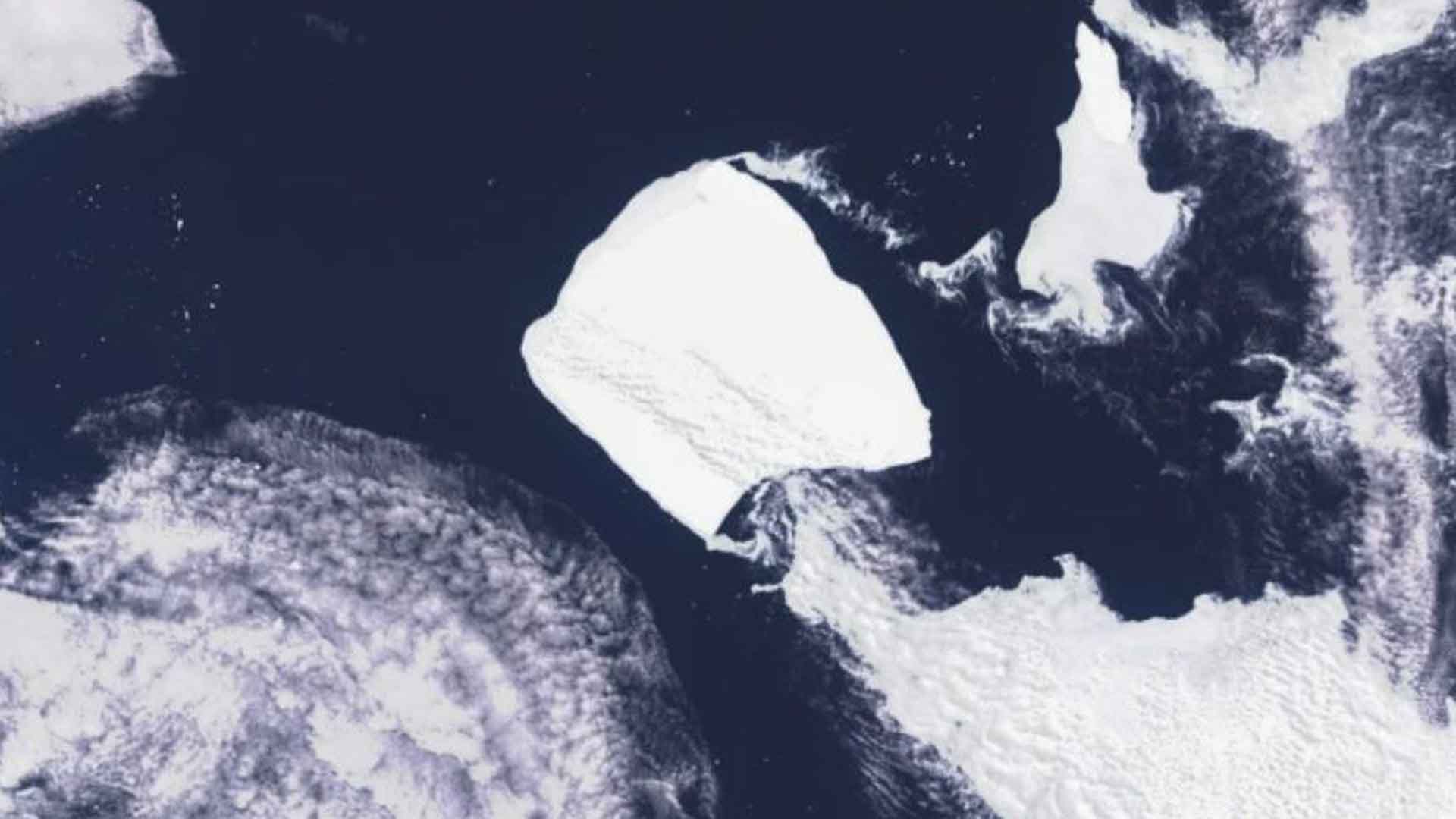
Source: Maxar Technologies/AP
Its movement northward was slow but steady until recently.
Entering the Antarctic Circumpolar Current
In early April 2023, A23a entered the powerful Antarctic Circumpolar Current (ACC).
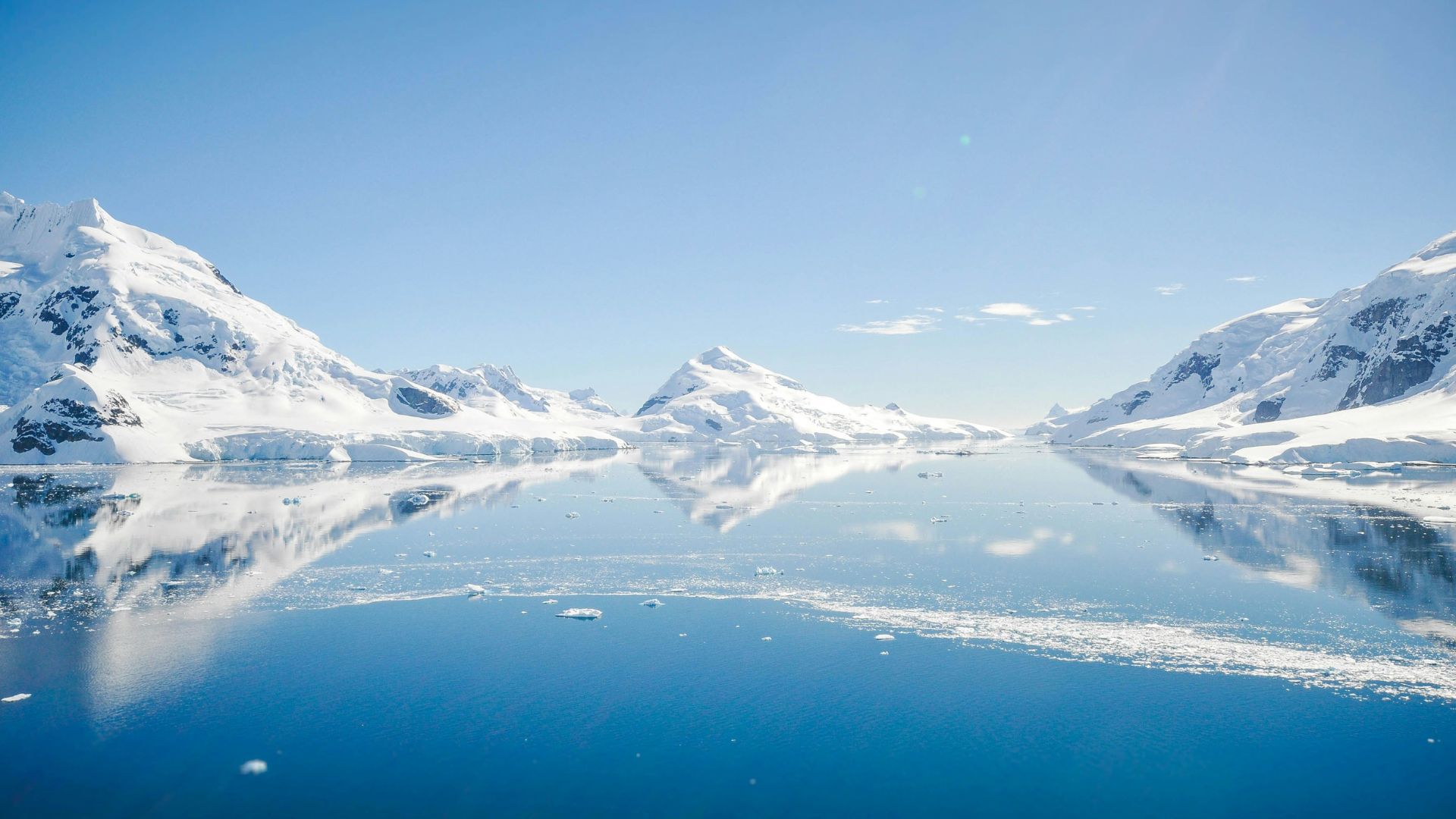
Source: henrique setim/Unsplash
This current, which moves a hundred times as much water as all Earth’s rivers combined, was expected to propel the iceberg into the South Atlantic.
The Unexpected Stall
Contrary to expectations, A23a has remained stationary just north of the South Orkney Islands.
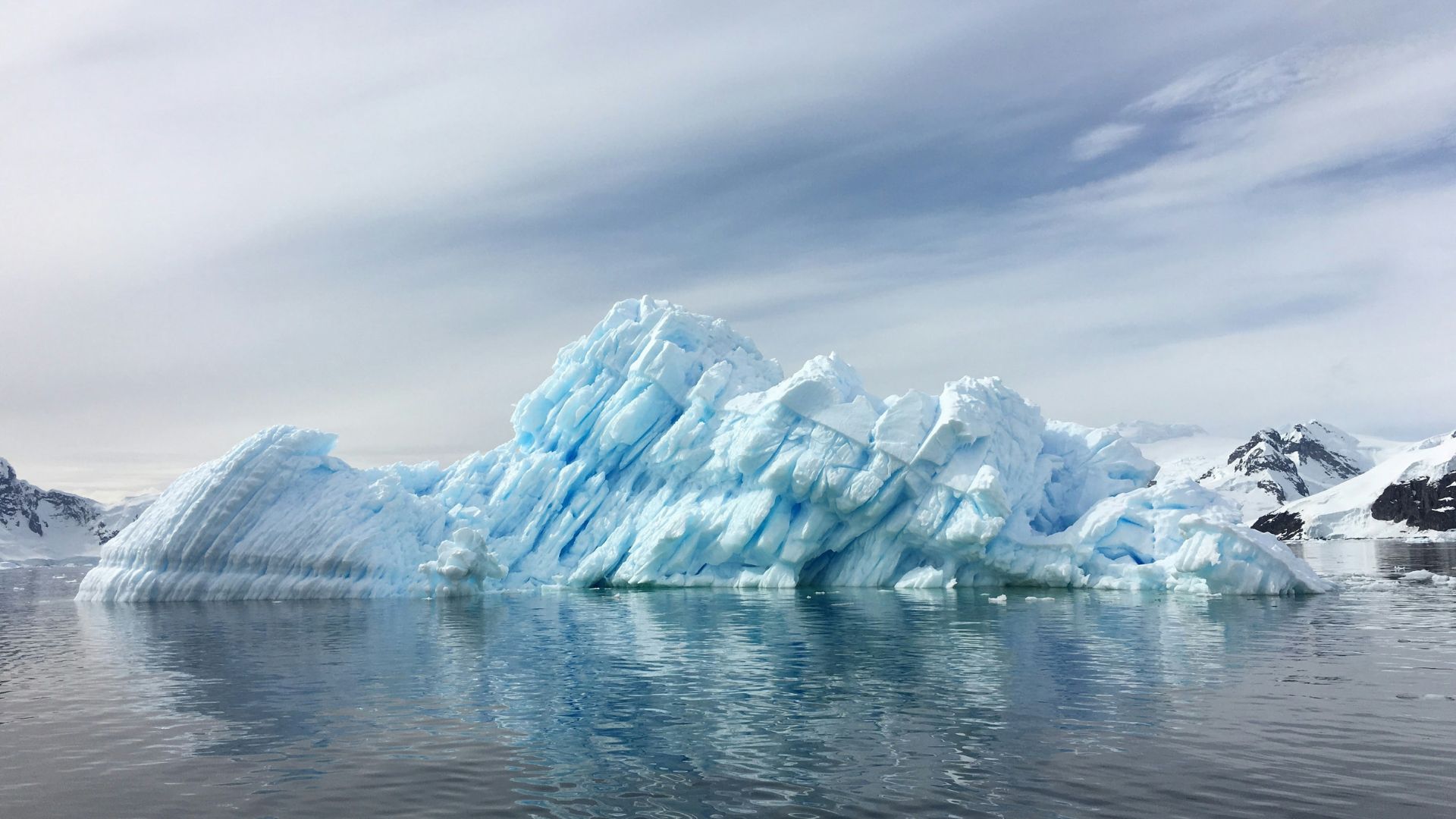
Source: Cassie Matias/Unsplash
It turns about 15 degrees a day in an anti-clockwise direction, defying predictions of a swift journey to warmer waters and eventual melting.
Captured by a Taylor Column
A23a’s peculiar situation is due to a Taylor Column, a rotating cylinder of water created by an obstruction on the seafloor.

Source: wirestock/Freepik
This phenomenon, first described by physicist Sir Geoffrey Ingram Taylor in the 1920s, has trapped the iceberg.
The Role of Pirie Bank
The obstruction causing the Taylor Column is the Pirie Bank, a 100km-wide bump on the ocean bottom.
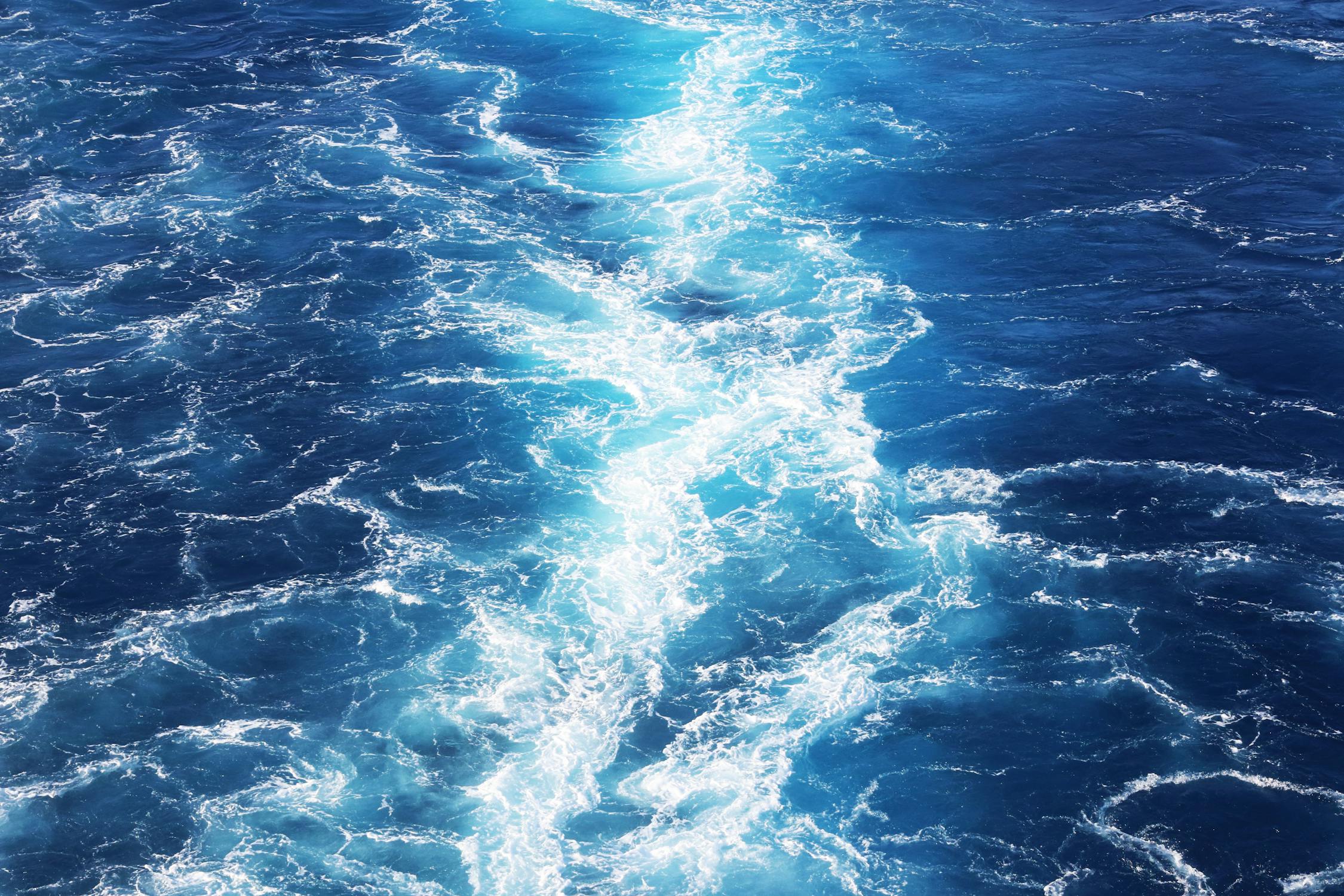
Source: Magda Ehlers/Pexels
This underwater feature has generated the vortex that holds A23a in place, turning it into a long-term fixture in the ocean.
Quotes from Experts
“Usually you think of icebergs as being transient things; they fragment and melt away. But not this one,” observed polar expert Prof. Mark Brandon.

Source: Cassie Matias/Unsplash
“A23a is the iceberg that just refuses to die,” he told BBC News.
Longevity of Taylor Columns
Taylor Columns can last for years. Prof. Mike Meredith from the British Antarctic Survey mentioned a scientific buoy placed in a similar column remained in place for four years.
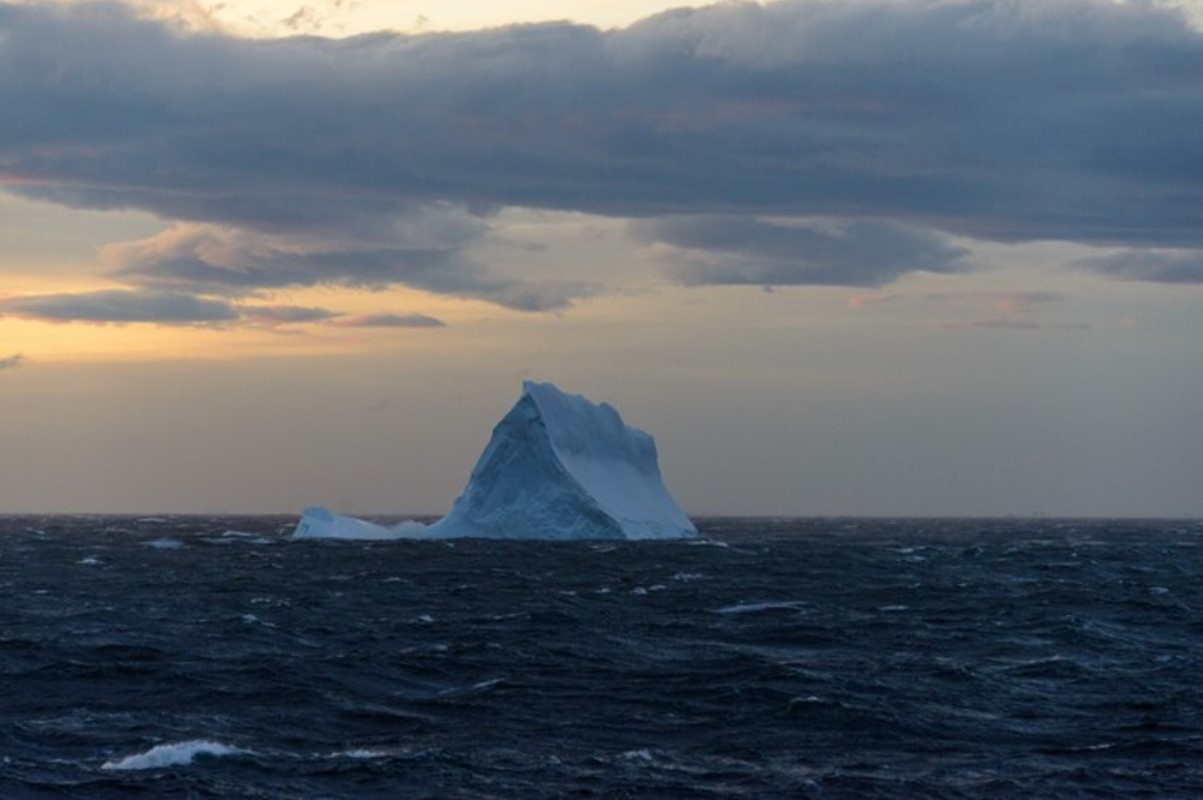
Source: Freepik
A23a could potentially be spinning for just as long.
Impact on the Environment
The persistence of A23a highlights the importance of seafloor topography.

Source: Canva
Submarine mountains, canyons, and slopes significantly influence ocean currents, nutrient distribution, and biological activity, which in turn affect global climate patterns.
The Complexity of Ocean Dynamics
The ocean is full of surprises, as evidenced by A23a’s behavior.
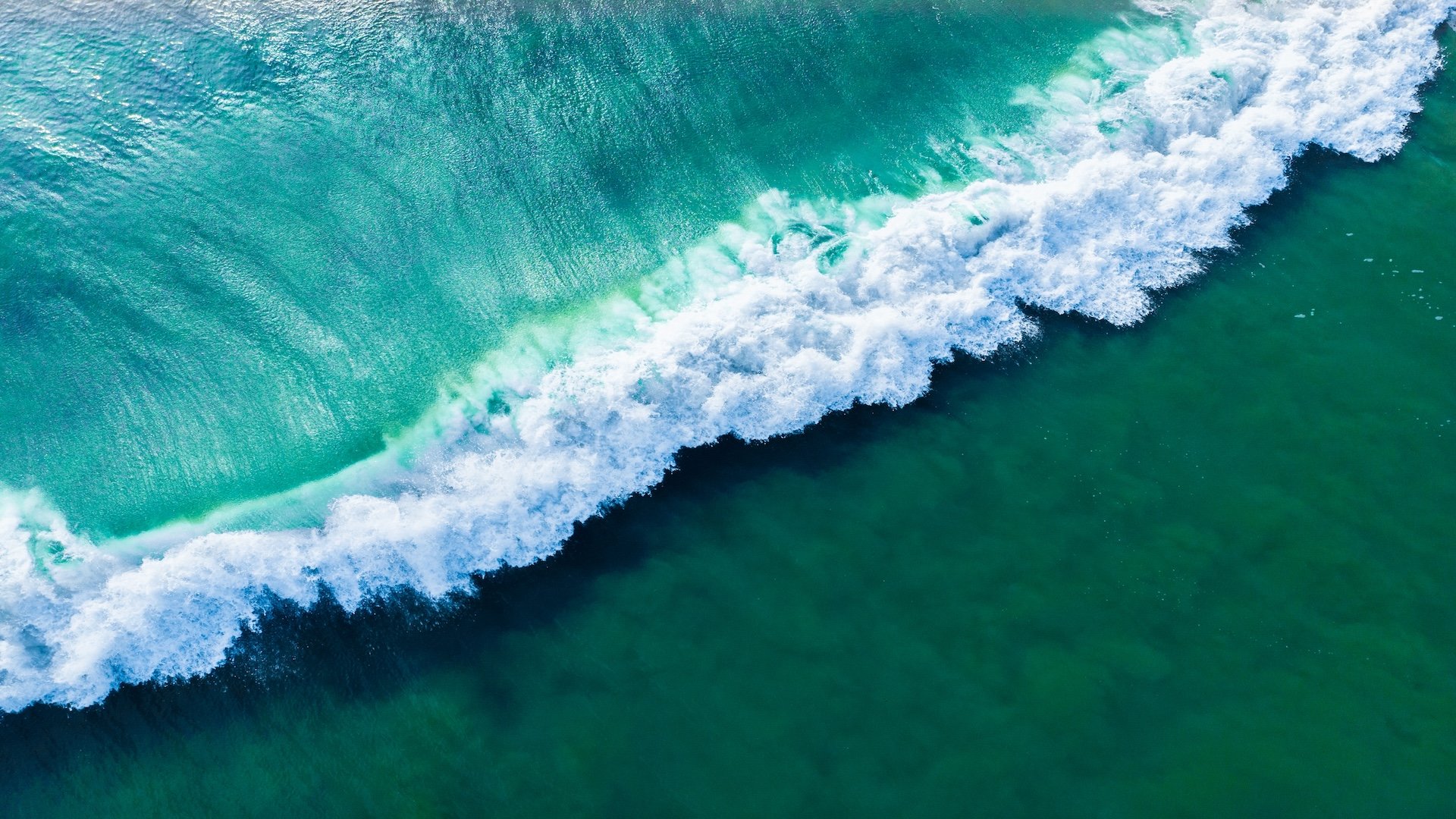
Source: wirestock/freepik
Understanding these dynamics is crucial for predicting climate changes and the movement of other icebergs. This incident showcases the complexity and unpredictability of ocean currents.
Future Route for A23a
How long will A23a continue its spinning-top routine? It’s hard to say, but its current situation demonstrates the need for continued exploration and mapping of the seafloor.
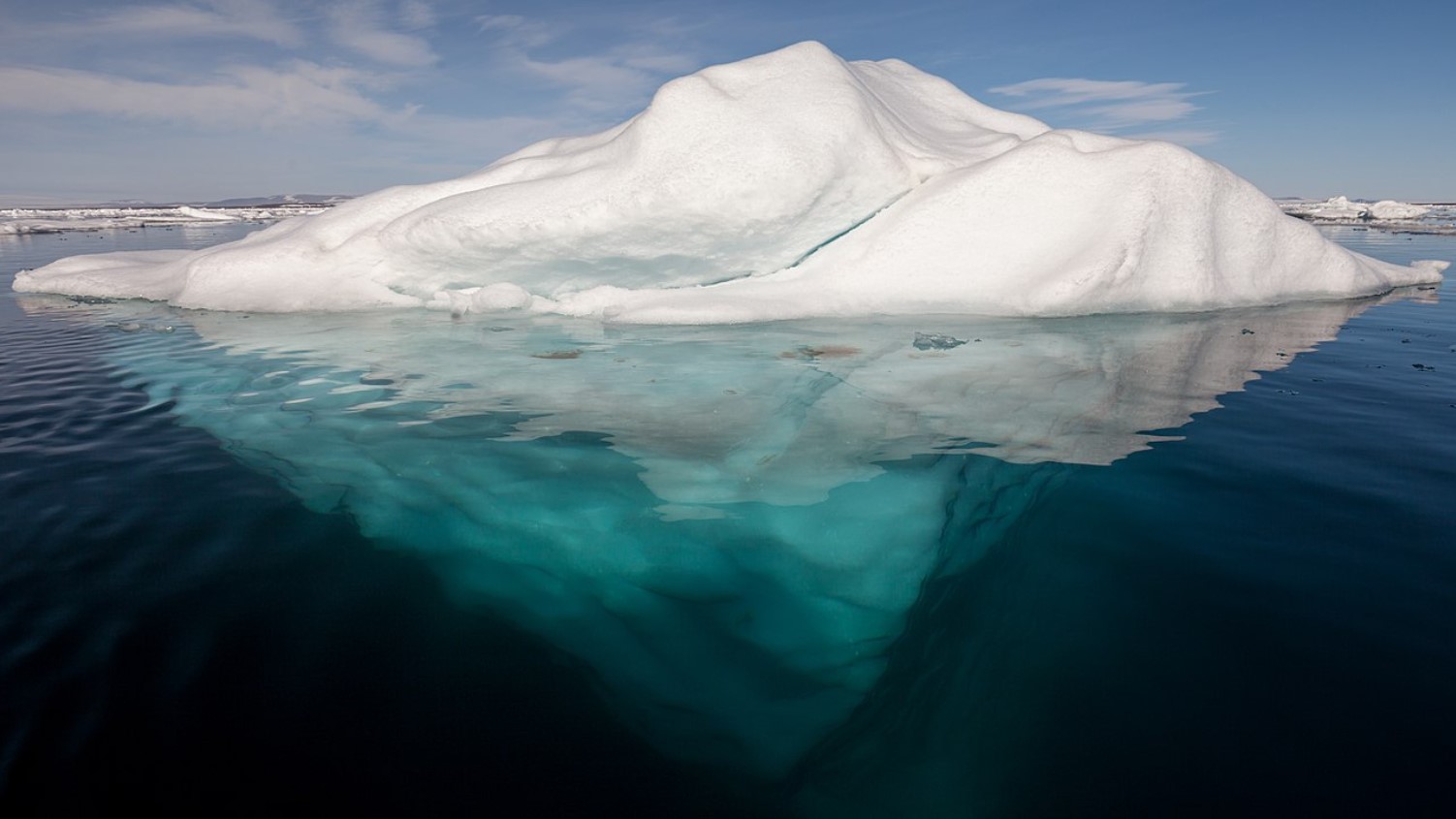
Source: Wikimedia
Only a quarter of Earth’s seafloor has been mapped to modern standards.
A23a's Legacy
A23a serves as a perfect illustration of the ocean’s intricate dynamics.
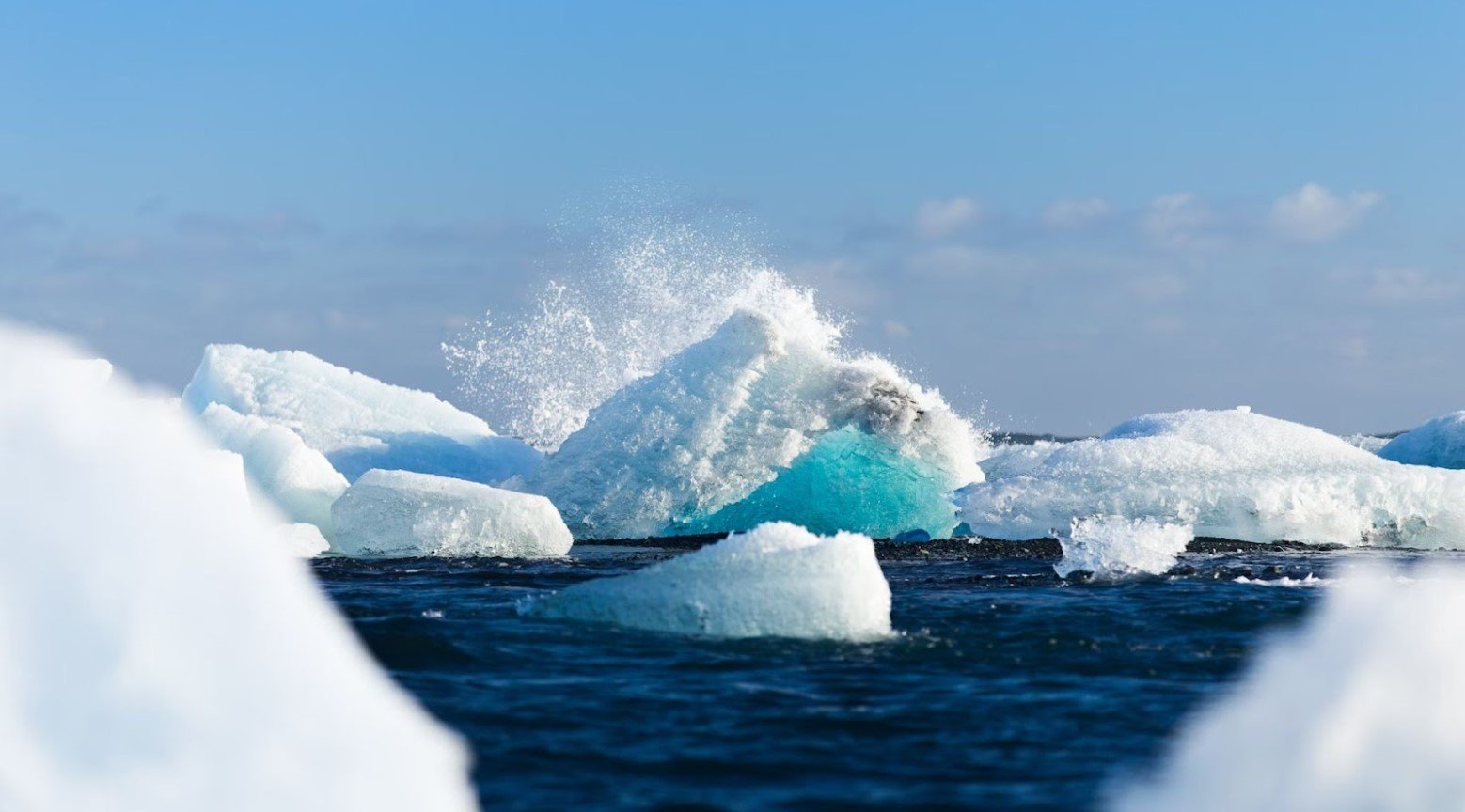
Source: Anders Jildén/Unsplash
This giant iceberg’s journey and current predicament offer valuable insights into the interactions between ocean currents and seafloor features, contributing to our understanding of the natural world.
